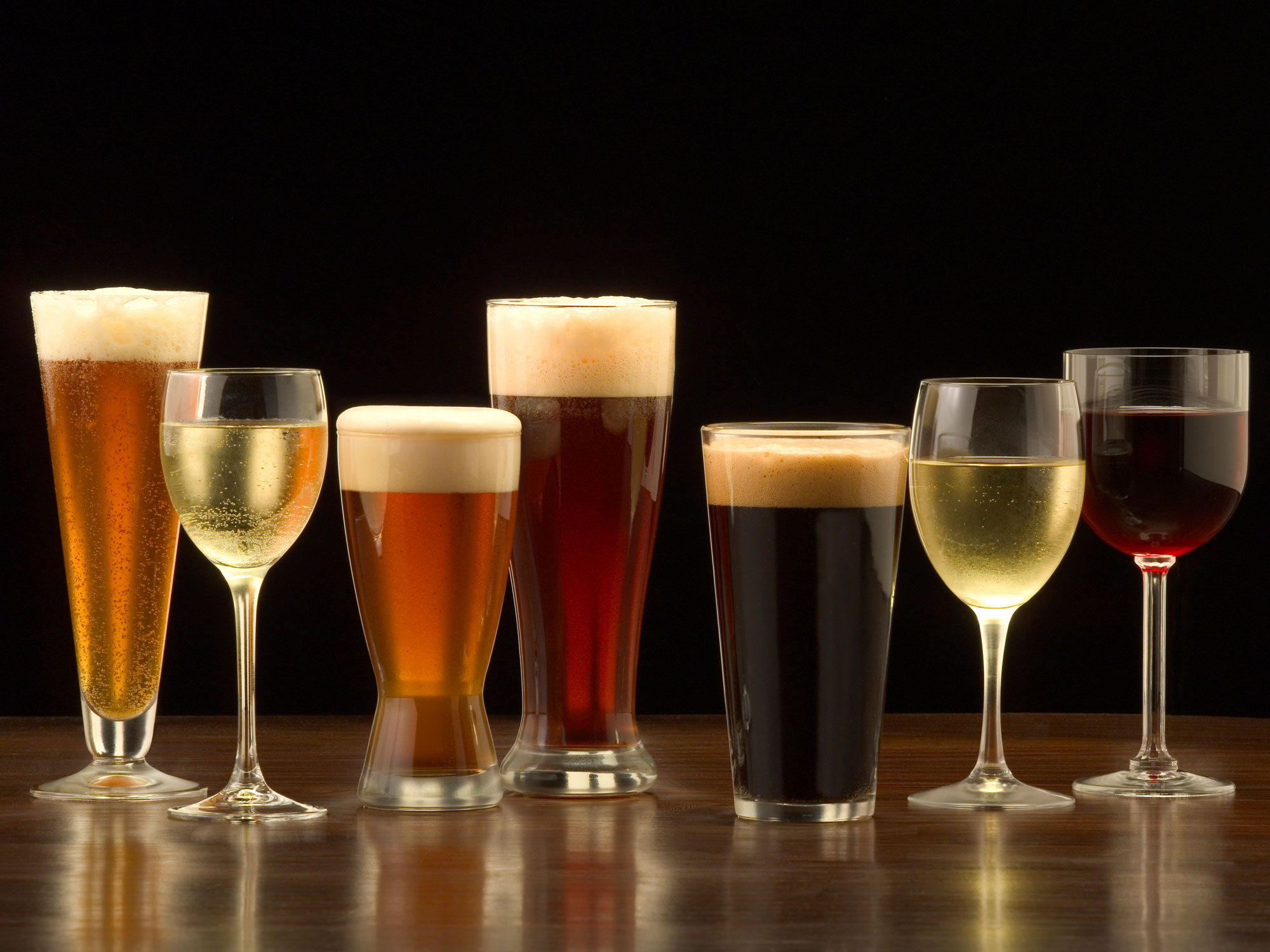Get Easy Health Digest™ in your inbox and don’t miss a thing when you subscribe today. Plus, get the free bonus report, Mother Nature’s Tips, Tricks and Remedies for Cholesterol, Blood Pressure & Blood Sugar as my way of saying welcome to the community!
The toxin in beer and wine that could make teetotaling popular again

The nightmare called glyphosate is one we can’t seem to wake up from.
People like Lee Johnson have developed deadly cancers after years of exposure to Roundup®, Monsanto’s weed killer whose main ingredient is glyphosate.
Needless to say, the $289 million in damages he won after a court found Monsanto responsible for his illness hardly makes up for that.
As more and more European countries ban the use of Roundup® (France banned it in January of this year), the EPA chooses to believe Monsanto’s lies that say Roundup® is perfectly safe.
The EPA has a track record of turning a blind eye to the dangers of toxic chemicals when companies like Monsanto and Dow Chemical turn the screws.
All the while, the U.S. Geological Survey reports that “the use of Roundup® is growing at such a rapid pace that there is enough Roundup® sprayed every year to spray nearly half a pound of glyphosate on every cultivated acre of land in the world.”
The result?
More poison where you least expect it
Studies have shown that glyphosate in amounts of only 100 ppb can destroy beneficial gut bacteria and weaken the immune system.
It only takes one part per trillion of glyphosate to stimulate the growth of breast cancer cells.
Stats like these are the reason most of us are becoming smarter consumers. But glyphosate is capable of worming its way into every corner of your life…
When Roundup® is used in farming, the chemical seeps into the ground and finds its way into nearby public water supplies and private wells.
A 2014 U.S Geological survey proved that glyphosate was present in more than 50 percent of the rivers, streams, groundwater, and soil samples that were tested in 38 states.
Runoff is just one sneaky way it can get into places it’s not expected, like your evening drink…
Even a glass of wine isn’t safe anymore
If you’re like me, you enjoy an occasional glass of wine or a beer at the end of the day, or with dinner.
Or maybe you’re a beer person. Either way, you might become a teetotaler after reading this…
Research and test results from United State Public Interest Research Group (U.S. PIRG) shows that glyphosate has snuck into your beer and wine.
Of 20 wine and beer samples tested, 19 contained glyphosate. The highest level of glyphosate was found in Sutter Home Merlot wine, at 51 ppb.
Among the beer brands tested were Budweiser, Coors, Miller Lite and Tsingtao — with the latter three all containing levels above 25 ppb.
Even organic brands tested positive: Samuel Smith Organic at 3.5 ppb, and Inkarri Estate organic wine at 5.2 ppb.
The only brand tested that did not contain detectable levels of it was Peak Beer.
Even beer testing in Germany in 2016 found glyphosate in every single sample tested, including independent beers.
How to protect yourself
U.S. PIRG said this testing provided compelling evidence that the industry sources ingredients that use glyphosate-based herbicides.
How concerned should you be?
A toxicologist for Bayer told USA Today that a 125-pound adult would have to consume 308 gallons of Sutter Home Merlot per day over their lifetime to reach the EPA’s exposure limit.
But we know the EPA tends to side with industry over the health of the public when determining safe limits.
Here’s the thing they are missing… glyphosate accumulates in your body.
Just a couple of years ago, in 2016, UC San Francisco reported the first-ever testing of glyphosate in the American general public. They found that 93 percent of all those tested were positive for glyphosate residues.
Another study, published in the Journal of Environmental & Analytical Toxicology, found that people who are chronically ill have higher levels of glyphosate in their bodies than healthy people.
That means not only do you need to avoid bringing more glyphosate into your body, but you also need to work on removing what’s already there.
To avoid the least exposure from food, your best bet is to buy certified organic products, even though we are learning there is no guarantee you won’t be exposed to some level.
But don’t stop there. Take these steps….
- Consider growing some of your own food.
- Eat more probiotic-rich foods, or take a daily probiotic. “Beneficial bacteria are indeed capable of degrading pesticides and sequestering toxic chemicals,” says Gregor Reid of the Lawson Health Research Institute, London, Ontario.
- Some botanicals are known for their natural detox effects. For a list read Dr. Elias’ 10 natural ways to battle toxin exposure.
- For more on treating the herbicide building up in your body, check out Dr. Michael Cutler’s recommendations.
Editor’s note: Have you heard of EDTA chelation therapy? It was developed originally to remove lead and other contaminants from the body but uses now-a-days run the gamut. To learn more about it, check out Dr. Michael Cutler’s guide, Chelation: Natural Miracle for Protecting Your Heart and Enhancing Your Health. Click here for a preview…
Sources:
- The herbicide living in your body — Easy Health Options®
- Glyphosate pesticide in beer and wine — U.S. PIRG
- Glyphosate: Unsafe On Any Plate — Food Democracy Now!
- The weed-killing chemical in a Monsanto lawsuit was found in beer and wine. Here’s how worried you should be — Business Insider
- Detection of Glyphosate Residues in Animals and Humans — Journal of Environmental & Analytical Toxicology













